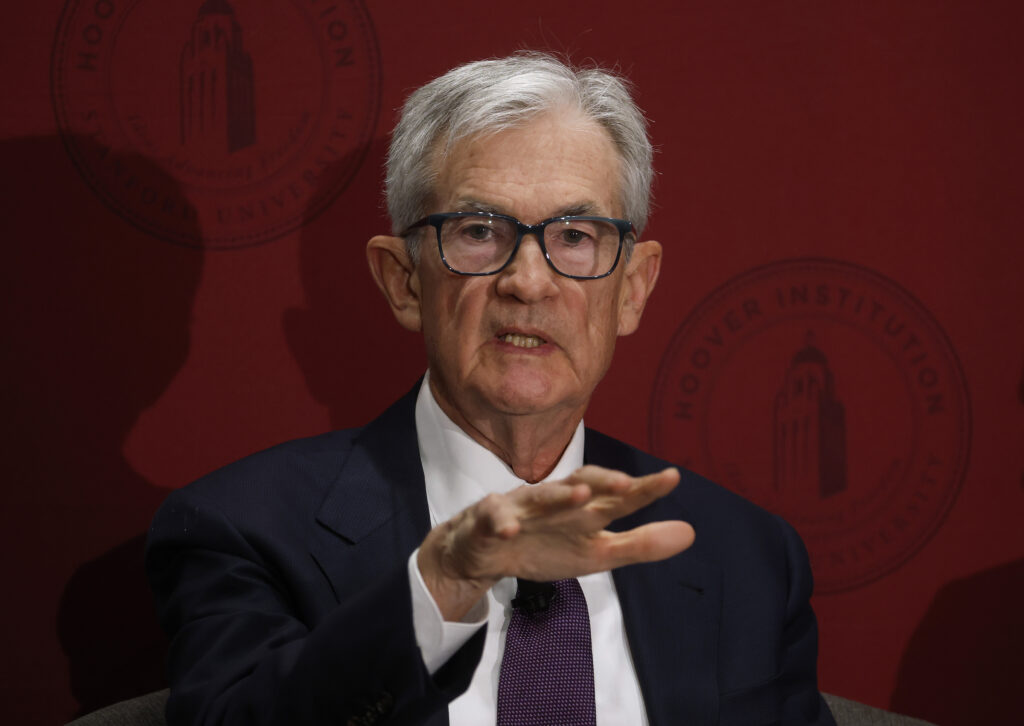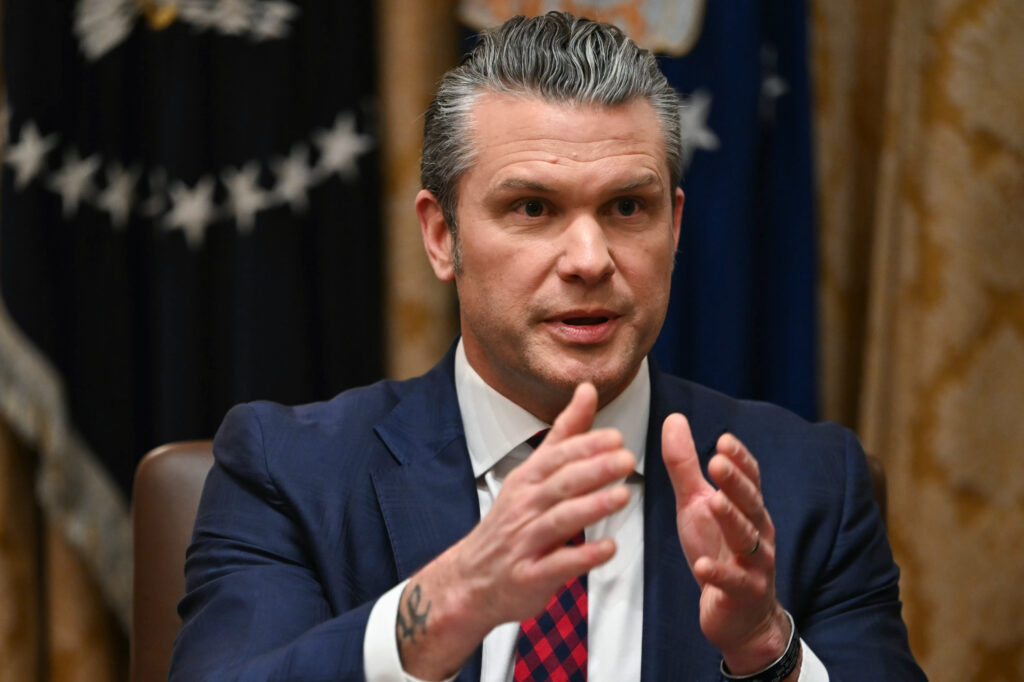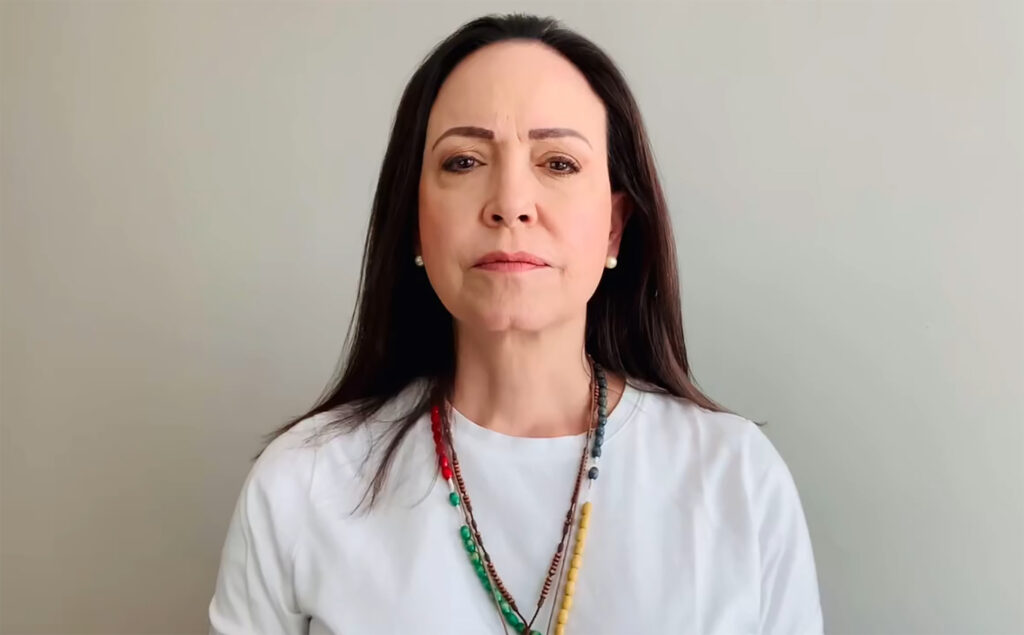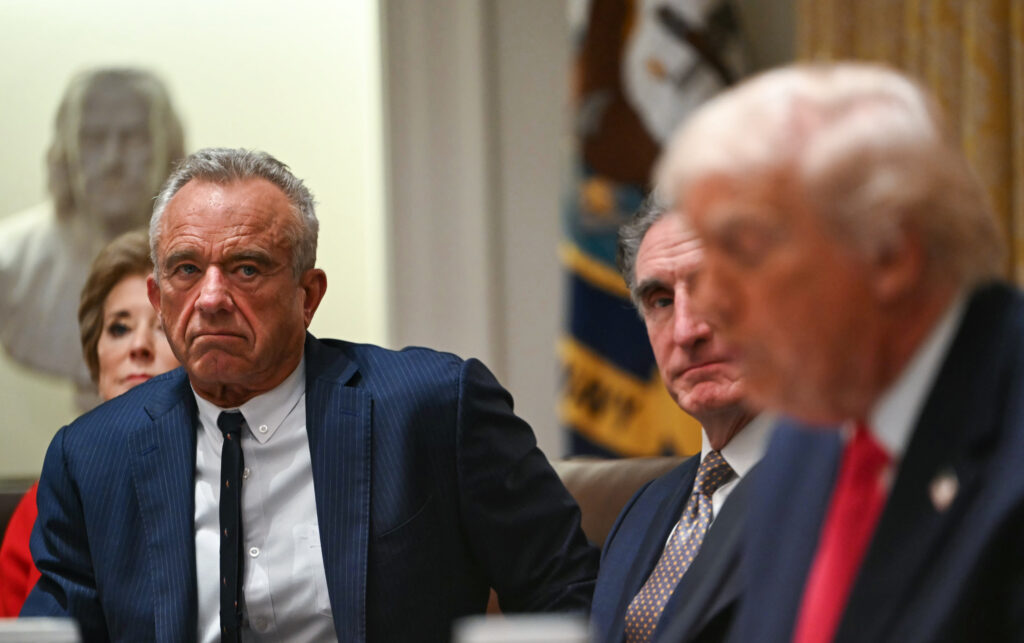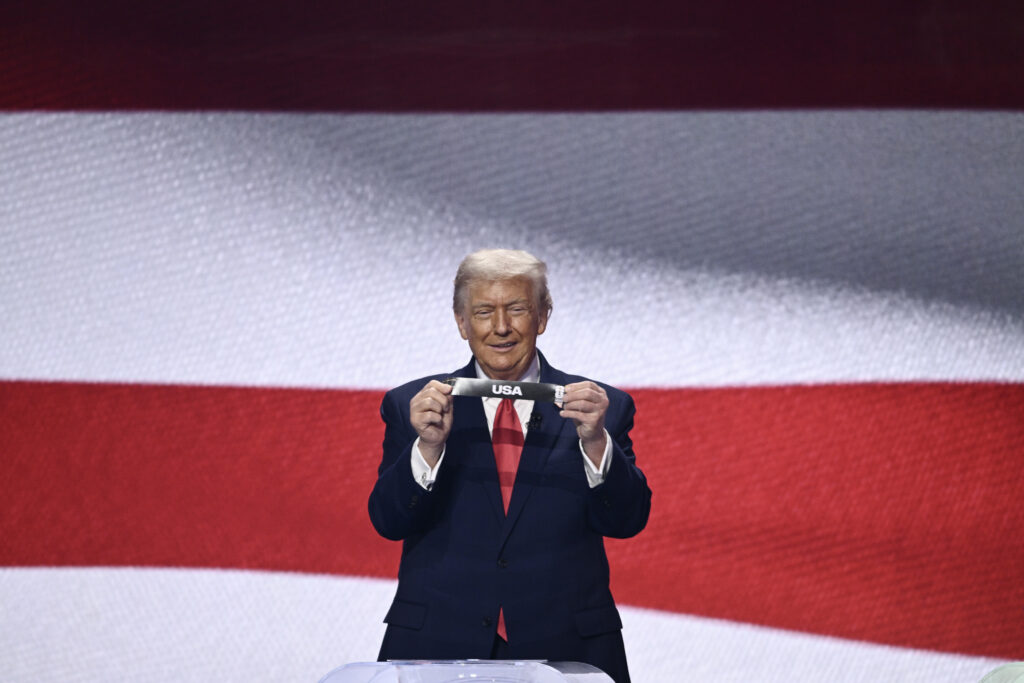Holders Argentina and leading contenders Spain were handed kind draws for the 2026 World Cup in a star-studded ceremony at which US President Donald Trump received FIFA’s new peace prize.The event at the Kennedy Center in Washington started the final countdown to the tournament, six months out from the first-ever 48-team World Cup.Lionel Messi’s Argentina will begin their defense of the trophy they won in Qatar in 2022 by facing Algeria, and will also play Austria and debutants Jordan in Group J.Heavily-fancied Spain, the European champions, will kick off their campaign against first-time qualfiers Cape Verde before also taking on Uruguay and Saudi Arabia in Group H.”All the praise will not weaken us, quite the opposite,” insisted Spain coach Luis de la Fuente. “We want to do something big at this World Cup and that means making sure we do well in the group stage, then carrying on from there.”Thomas Tuchel’s England, seeking to win the World Cup for the first time since 1966, will hope to win Group L that features beaten 2018 finalists Croatia as well as Ghana and Panama.Two-time winners France, meanwhile, face awkward tests against Senegal and Erling Haaland’s Norway in Group I, which will be completed by an intercontinental play-off winner from either Iraq, Bolivia or Suriname.For the first time, the draw was done in such a way as to ensure the four highest-ranked nations were kept apart — Spain, Argentina, France and England cannot meet before the semi-finals, if all four top their groups.However, the path to that stage — with an extra knockout round now following the group phase — looks perilous for some of the contenders.If the top seeds all finish first in their groups, England could, for example, find themselves playing co-hosts Mexico in Mexico City in the last 16 and then Brazil in the quarter-finals, before a last-four clash with Argentina.- ‘Can’t get carried away’ -“You cannot get carried away with building your way with who you are going to meet if you win the group, if you are second or whatever,” said Tuchel. “You just focus on the group, this is what you do.”The tournament will be held across the United States, Mexico and Canada from June 11 to July 19, with 16 more teams added to the global showpiece, up from the 32 nations involved in 2022. That means a total of 104 matches, compared to 64 games last time.While the US will host the majority of matches including the final at the MetLife Stadium outside New York, three of the 16 venues will be in Mexico and two in Canada.The three hosts have experienced turbulent relations since Trump came to power but he brushed that aside. “We’ve worked closely with those two countries, and the coordination and friendship and relationship has been outstanding,” Trump said after receiving his peace prize from FIFA president Gianni Infantino.”It is truly one of the great honors of my life. It is such an honor to be with Gianni. He has done such an incredible job,” Trump added.Trump seized the limelight, even dancing when the Village People performed, but Canadian Prime Minister Mark Carney and Mexican President Claudia Sheinbaum were also in attendance.The event was co-hosted by supermodel Heidi Klum and American actor and comedian Kevin Hart. NFL legend Tom Brady, ice hockey icon Wayne Gretzky and former NBA superstar Shaquille O’Neal were among the stars who helped conduct the draw.- ‘Like 104 Super Bowls’ -Co-hosts Mexico will take on South Africa in Group A in the opening game of the tournament at the Estadio Azteca in Mexico City on June 11.Carlo Ancelotti’s Brazil and surprise 2022 semi-finalists Morocco came out together in Group C, which also features Scotland and Haiti.Germany’s opponents in Group E will be Ivory Coast, Ecuador and Caribbean minnows Curacao, while Cristiano Ronaldo’s Portugal will face Uzbekistan, Colombia and a play-off winner.Co-hosts the United States got a manageable draw, with Paraguay, Australia and a European play-off winner in Group D.The top two teams in each group advance to the last 32, joined by the eight best third-placed teams.”It will be the greatest World Cup ever,” Infantino claimed. “This is like 104 Super Bowls in one month — this is the magnitude of what we are organizing.”Because of the complexity, teams will only learn the full details of their match venues and kick-off times on Saturday.




